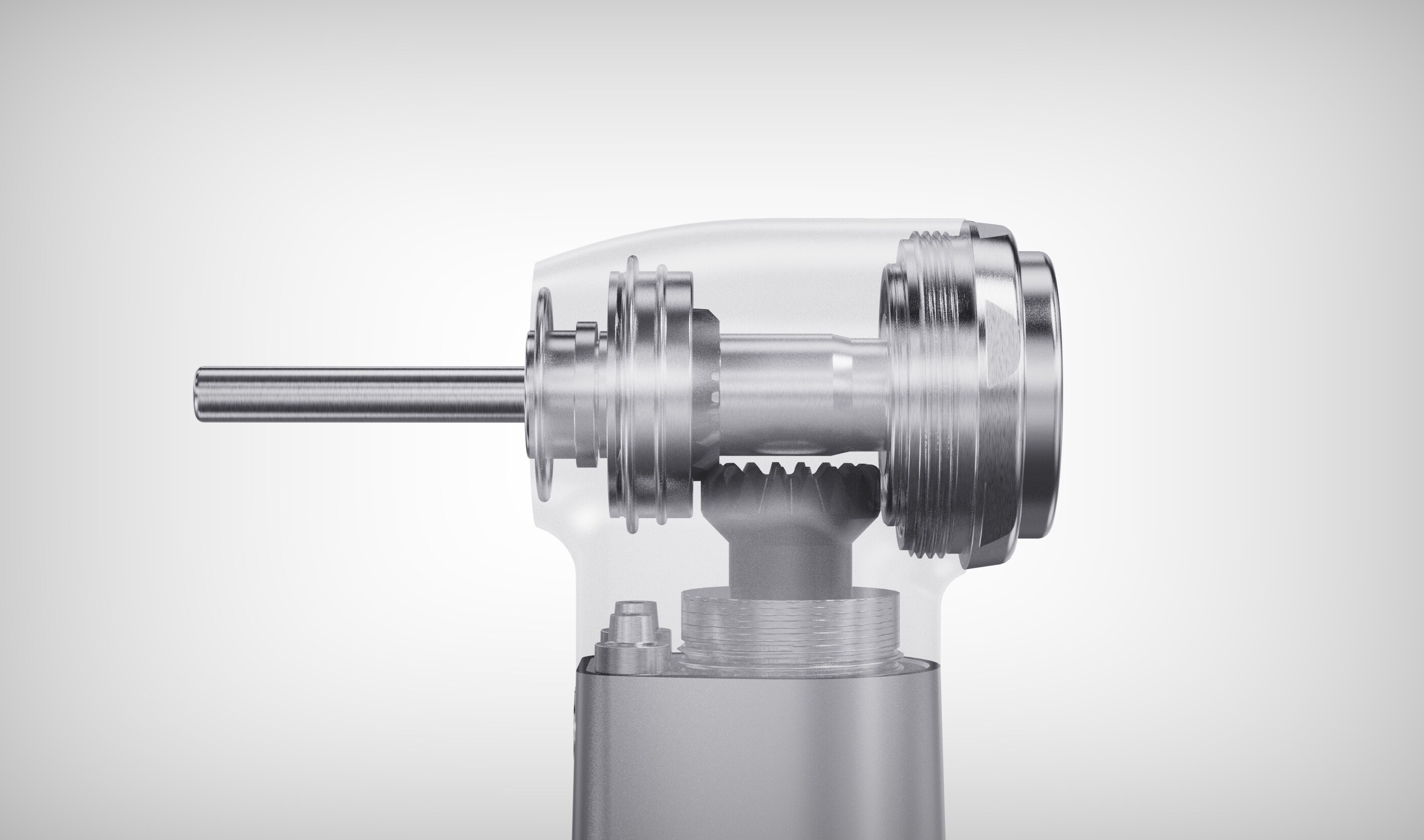Erro de formato de e-mail
emailCannotEmpty
emailDoesExist
pwdLetterLimtTip
inconsistentPwd
pwdLetterLimtTip
inconsistentPwd

Notícias
Aqui, você pode descrever uma peça de texto que deseja expressar.

A ascensão do chatgpt pode desencadear uma reavaliação do valor médico da IA i

ChatGPT e GPT-4: o surgimento da tecnologia de IA
O surgimento do ChatGPT e o avanço do GPT-4 nos últimos tempos chamaram a atenção da indústria e do público, e a tecnologia central subjacente, a inteligência artificial (AI), tornou-se um "tópico quente" do momento.
Tecnologia da IA: penetrar no trabalho e vidas das pessoas
Com a chegada da era do big data, computação em nuvem e 5G, a tecnologia de IA está se desenvolvendo rapidamente, apresentando mais possibilidades de assistência de IA a vários setores, subvertendo os preconceitos das pessoas. É inegável que a IA já tenha penetrado gradualmente no trabalho e na vida das pessoas.
AI Medical: um potencial para desenvolvimento industrial
Como setor relacionado à saúde do público, a indústria médica tem o potencial de atingir um novo nível de desenvolvimento industrial com a ajuda da tecnologia de IA. Segundo as estatísticas, quase 100 bilhões de dólares foram injetados na IA e nas indústrias médicas nos últimos cinco anos. Os robôs médicos de imagens médicas, a IA, a AI e os robôs médicos da IA fizeram avanços rápidos e avançaram. A IA Medical está gradualmente se tornando um dos temas mais focados da pista de biomedicina.
Tecnologia da IA: uma importante força motriz para melhorar os serviços médicos
À medida que a integração da tecnologia de IA e dos campos médicos e de saúde continua a aprofundar, as tecnologias de inteligência artificial representadas pela visão computacional, processamento de linguagem natural e aprendizado de máquina estão se tornando cada vez mais amplamente infiltradas em vários cenários da indústria médica e se tornaram um importante Força motriz para melhorar o nível de serviços médicos. É previsível que, com o duplo impulso de apoio político e inovação tecnológica, a AI Medical está entrando em uma faixa rápida, e o mercado está pronto para decolar, mudando a vida saudável das pessoas com a ajuda da IA.
AI e alocação de recursos médicos: suporte de políticas e inovação tecnológica
A política está se movendo na direção certa e a IA está ajudando a otimizar a alocação de recursos médicos. Na última década, o processo de envelhecimento da população da China está acelerando. Combinados com sua grande base populacional, os recursos médicos são distribuídos de forma desigual e há uma escassez de recursos médicos. Muitas doenças graves e crônicas não podem ser encontradas em um estágio inicial devido à falta de sintomas óbvios e processos de detecção complexos.
A IA pode resolver efetivamente os problemas de escassez de médicos e incompatibilidades de recursos médicos. Acredita -se geralmente a indústria que a popularização e a aplicação da IA podem otimizar a alocação de recursos médicos, promover a modernização da capacidade médica e de saúde, promover o diagnóstico e tratamento graduados e promover a integração do sistema.
Os últimos três anos da pandemia fizeram as pessoas colocarem mais ênfase nos cuidados de saúde, aumentando ainda mais a demanda por serviços médicos. A inovação científica e tecnológica nos campos médicos e de saúde se tornou mais importante e urgente. A aplicação da inteligência artificial na área médica também se tornou uma das estratégias nacionais mais importantes.
Apoio de políticas para a IA Medical: promovendo inovação e desenvolvimento na indústria
Nos últimos anos, vários departamentos do Conselho de Estado, o Ministério da Indústria e Tecnologia da Informação e a Administração de Medicamentos do Estado emitiram sucessivamente uma série de documentos de política para promover ativamente a inovação e o desenvolvimento da indústria médica de IA. Por exemplo, promove a pesquisa e o desenvolvimento de imagens de IA, diagnóstico de IA e robôs cirúrgicos; Incentiva a IA a ser amplamente utilizada em emergências de saúde pública, tumores e outras doenças; E é o primeiro a estabelecer um sistema padrão de IA em áreas médicas e outros em 2023.

